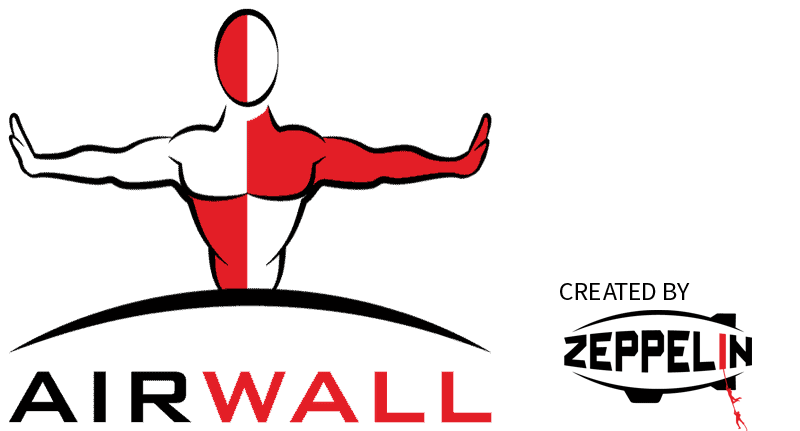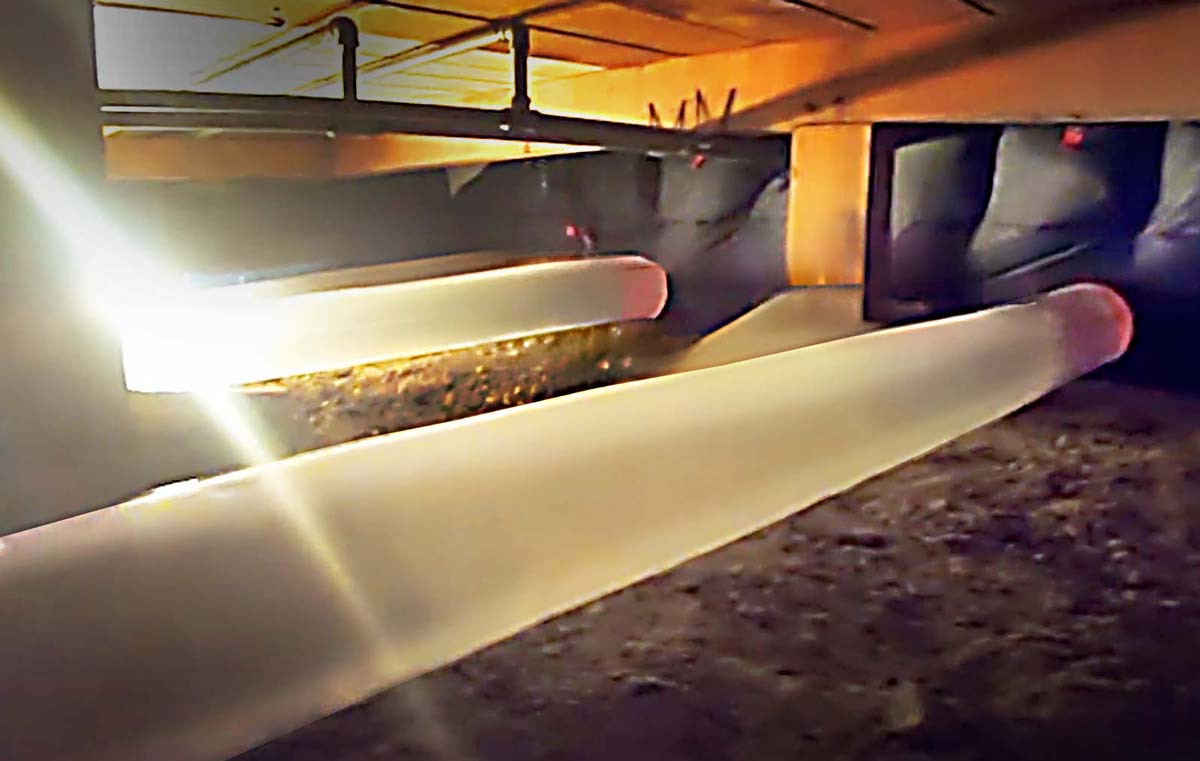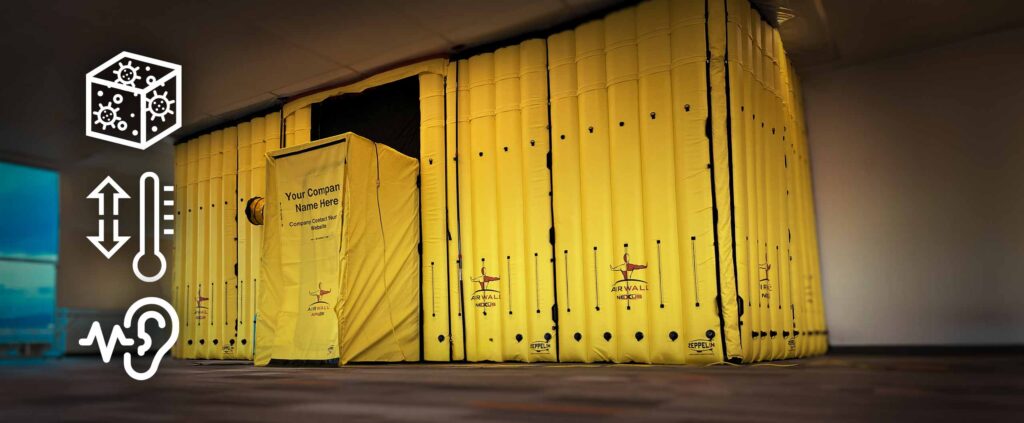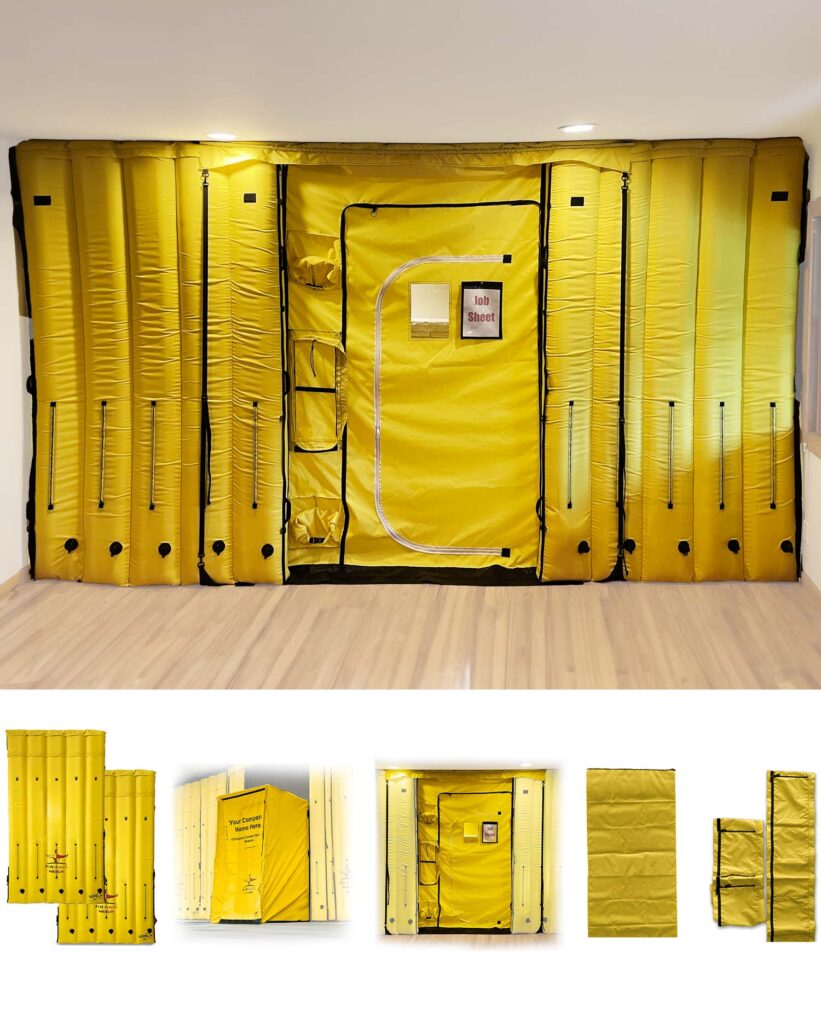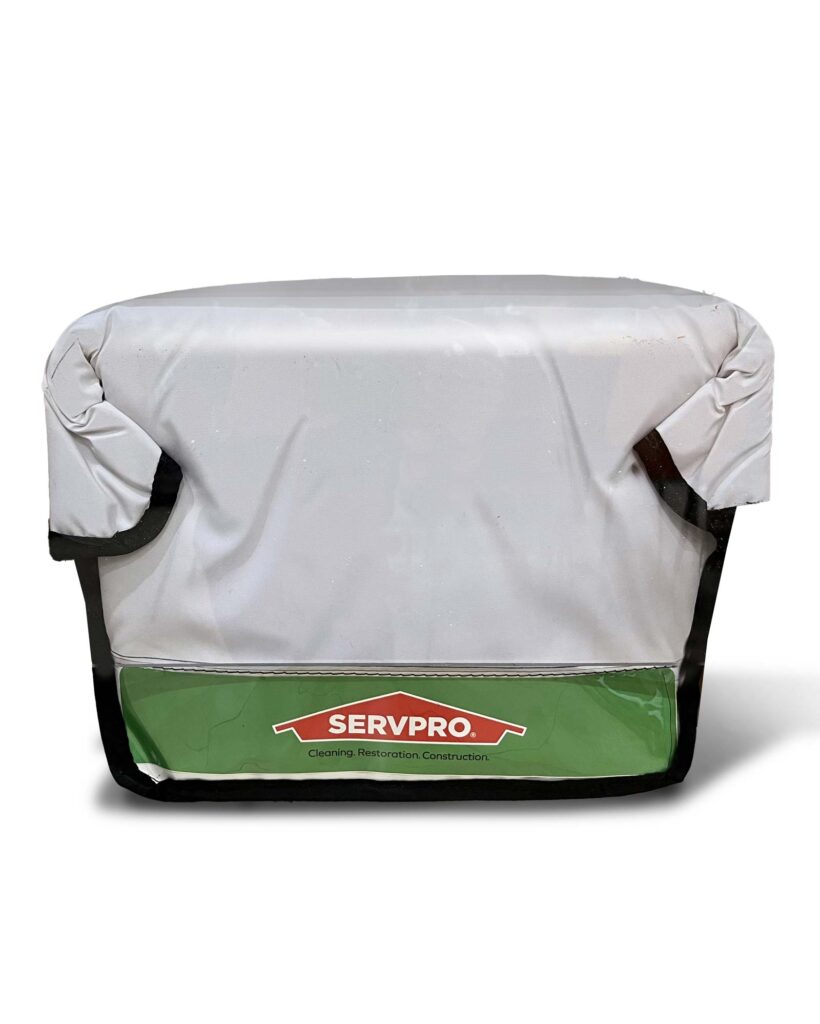Containment systems are the backbone of successful restoration projects, providing a controlled and safe environment for addressing various issues, from water damage and mold remediation to hazardous material removal. A well-designed and implemented containment system protects workers and the surrounding environment. It ensures the effectiveness of restoration efforts by minimizing the spread of contaminants and maximizing the efficiency of remediation techniques.
Characteristics of Effective Containment Systems:
- Strength and Durability
Restoration environments are challenging, involving exposure to moisture, debris, and potentially harsh chemicals. To withstand these conditions, containment systems must be robust and durable. They should be constructed from materials resistant to tears, punctures, and chemical degradation. Common materials include heavy-duty polyethylene sheeting, reinforced fabrics, and specialized barrier films.
- Versatility and Adaptability
Restoration projects vary significantly in scope and complexity. A versatile containment system should be adaptable to different scenarios, including:
- Water Damage: Containing water infiltration to prevent further damage and allow for efficient extraction and drying.
- Mold Remediation: Isolating mold-affected areas to prevent the spread of spores and protect healthy building materials.
- Fire Damage: Containing soot, smoke, and other fire-related debris to prevent contamination of adjacent areas.
- Hazardous Material Removal involves isolating areas containing asbestos, lead paint, or other hazardous materials to protect workers and the environment.
- Airtightness and Integrity
Maintaining airtightness is crucial for many restoration projects, especially those involving mold remediation or hazardous materials. This is achieved through the use of airtight seals, proper material overlapping, and negative pressure systems that create an inward airflow, preventing contaminants from escaping.
- Ease of Setup and Breakdown
Speed and efficiency are essential during restoration projects. The containment system should be easy to set up and take down, minimizing disruption to the work area and reducing project timelines. This includes using user-friendly materials, providing clear instructions, and utilizing efficient tools and equipment.
- Safety Considerations
Worker safety is paramount. The containment system should provide a safe working environment, protecting workers from exposure to hazardous materials, airborne contaminants, and potential injuries. This includes:
- Proper ventilation: Ensuring adequate airflow and removing contaminated air through high-efficiency particulate air (HEPA) filtration systems.
- Clear signage: Marking containment areas to warn others of potential hazards.
- Personal protective equipment (PPE): Providing appropriate PPE to workers, such as respirators, gloves, and protective clothing.
Beyond the Basics: Enhancing Containment System Performance
- Air Quality Control: Integrating air quality monitoring devices within the containment area allows for real-time assessment and ensures that air quality remains within safe limits. This helps to identify potential issues and adjust mitigation strategies as needed.
- Waste Management: The containment system should facilitate proper waste management, including the collection and disposal of contaminated materials following local regulations and environmental guidelines.
- Environmental Considerations: Minimize environmental impact by selecting reusable or recyclable containment materials whenever possible.
- Documentation: Thorough documentation of the containment system setup, including photographs and diagrams, is essential for record-keeping and quality control.
A well-designed and implemented containment system is the foundation for successful restoration projects. By carefully considering the factors outlined above and adhering to industry best practices, restoration professionals create a controlled and safe working environment, ensuring the safety of workers and the surrounding environment while achieving optimal project outcomes.
